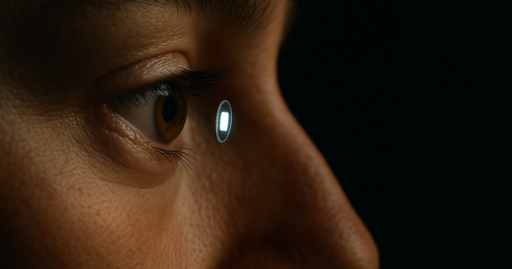While most video screens such as those on our phones, TVs, and stadium jumbotrons seem to improve in resolution on a monthly basis, there has been an issue in improving the resolution of the tiny screens required in virtual reality apps. The problem is that as the screen moves closer to the human eye, the pixels that comprise it need to get smaller and smaller. Yet, if pixels get too small, their function starts to degrade and the image suffers. On a micro-LED screen, for example, pixels can’t get much smaller than one micrometer wide before losing their ability to render a clear, crisp image.
So instead of relying on pixels, researchers from Chalmers University of Technology, the University of Gothenburg and Uppsala University in Sweden turned to a different technique. They created what they’ve termed “metapixels” out of tungsten oxide, a material that can switch from being an insulator to a metal based on its electrical state. The metapixels reflect light differently based on their size and how they’re arranged, and can be manipulated by an electrical current. In a way, they function much like the pigments in bird’s feathers, which can take on different colors based on how the light is hitting them.
The fact that metapixels don’t need a light source eliminates the problems that video pixels take on when they get too small such as color bleeding and issues with uniformity.
!remindme 30 years
It’s cool tech, but if it could actually replace displays, get ready for the patents to be bought up and buried so we can keep selling glowing rectangles with tons of e-waste, as god intended.



Honestly, I’d prefer an eyeball screen without GPS over the level of phone surveillance we currently have. But of course those will come with GPS implants, as we can’t go back to privacy.